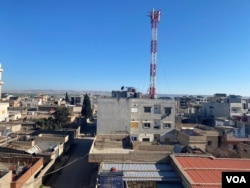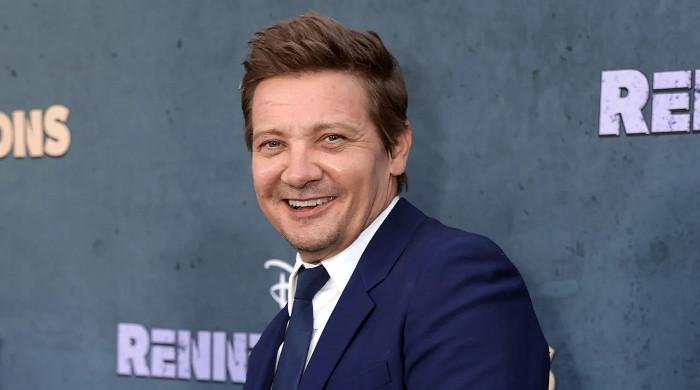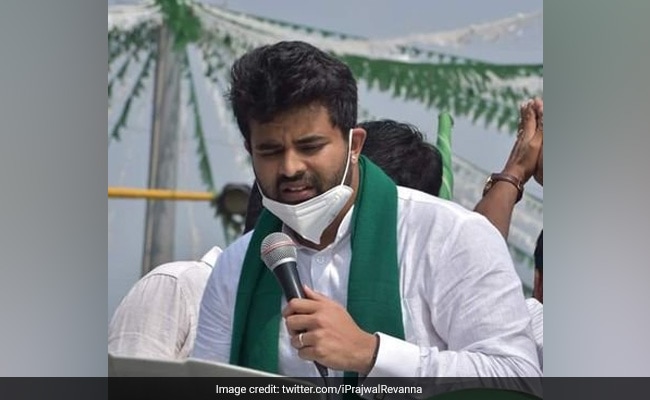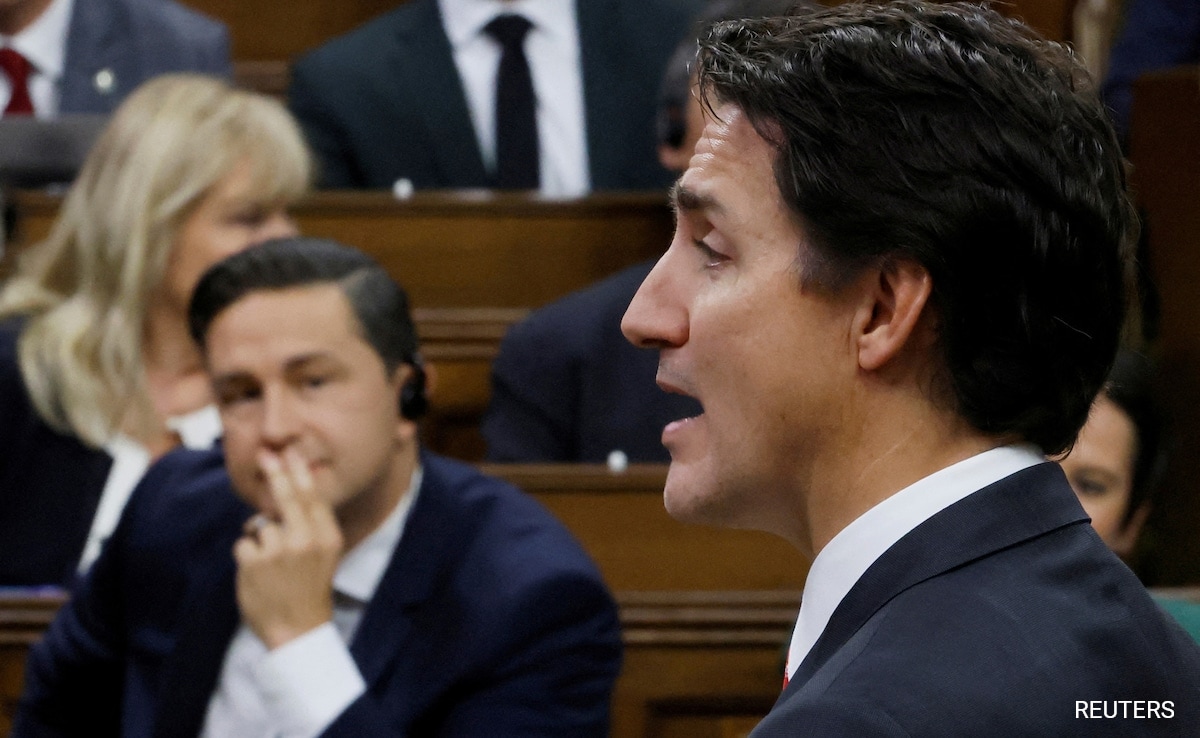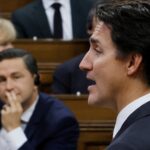Thirteen years after the Syrian conflict began, millions of Syrians still face untold suffering. The most important question for people in the Kurdish-majority northeastern region is whether neighboring Turkey will launch another ground invasion that would end the semi-autonomous region they established after the civil war.
Arta FM senior editor Mahir Qerno said: “People here are used to power and water shortages, lack of basic services and poor infrastructure, but they will never like Turkey’s presence in their region Military operation.” A local radio station broadcasts in Kurdish, Arabic and Syriac.
Arta FM is headquartered in the town of Amda, about 2 kilometers (just over a mile) from the Turkish border. Amda is one of many Syrian border towns controlled by the U.S.-backed Syrian Democratic Forces.
The SDF has been a key partner of the United States in the fight against the Islamic State terrorist group, known by its Arabic acronym Daesh. Turkey views the Kurdish-led military coalition as an extension of the Kurdistan Workers’ Party (PKK), a rebel group that has been fighting for greater rights for the Kurds in Turkey. Ankara and Washington consider the PKK a terrorist organization, but the United States draws a clear distinction between the SDF and the PKK.
In recent years, the Turkish army has launched multiple campaigns in northern Syria, driving Kurdish forces out of Afrin, Ras al-Ain and Tel Abyad.
Turkish leaders threaten another ground invasion of northeastern Syria.
“After the invasion of Afrin and Ras al-Ain, people certainly don’t want to see Turkish tanks coming from there,” Querno said, standing in his office and pointing to the Turkish border.
A glimmer of hope for Kurdish residents of northeastern Syria is the presence of hundreds of U.S. troops stationed at seven installations in the area. The United States says it has about 900 troops deployed in the region as part of a global coalition to fight Islamic State terrorists.
The U.S.-Kurdish partnership in Syria led to the de facto defeat of the Islamic State’s so-called caliphate.
Kurdish officials say nearly a decade of close partnership has built trust between U.S. and Kurdish forces.
“This trust should not be wasted,” said Saleh Muslim, co-chairman of the Democratic Union Party, the de facto ruling party in northeastern Syria.
“Unlike U.S. deployments elsewhere, U.S. military operations in Syria are cost-effective,” he told VOA. “The U.S. has achieved significant success here with a minimal military presence. That’s because our partnership is very Uniquely, our troops do the actual fighting while Americans provide advice and assistance.”
Muslims say the Americans have assured them they will keep troops in Syria until a political solution is reached for the war-torn country.
The Kurdish leader also said he recognized U.S. ties with NATO ally Türkiye. But he still believes that any Turkish incursion into northeastern Syria could disrupt U.S. counterterrorism efforts in the region, especially as “Islamic State” militants have stepped up attacks on the Self-Defense Forces in recent months.
“The Americans are worried that if Turkey launches a ground operation against us, it will force us to withdraw our troops from elsewhere to fight the Turks,” Muslim said. “This means that our southern flank will face an attack by the Islamic State. The Americans do not want to see that This situation.”
U.S. officials have expressed concerns in the past about military escalations in northern Syria, particularly the impact on civilians and the possible impact on counter-Islamic State efforts.
Türkiye regularly conducts drone and air strikes against Syrian Kurdish forces. Turkish officials say such attacks are aimed at destroying the organizational infrastructure and revenue sources of “terrorist groups”, referring to Kurdish forces.
Nicholas Heras, senior director of strategy and innovation at the New Line Institute, said the U.S. military presence in northeastern Syria is sufficient to maintain stability where residents are often under threat.
“but [it is] It is not sufficient to provide security conditions for sustainable recovery and reconstruction in areas supported by the United States,” he told VOA.
Heras, who has studied Syria extensively, said U.S. strategy in Syria emphasizes keeping a low profile on the ground while having a significant impact on the calculations of adversaries such as Russia and Iran, who are loyal to Syrian President Bashar al-Assad. Two staunch allies.
“This approach works for Washington because it keeps northeastern Syria out of sight and out of the minds of ordinary American voters,” he said. “But it’s a fragile policy that makes U.S. intentions vague enough that Multiple actors, including Turkey, Russia, and Iran, continue to test U.S. resolve in northeastern Syria, often to the detriment of local Syrian partners.”
Follow us on Google news ,Twitter , and Join Whatsapp Group of thelocalreport.in
